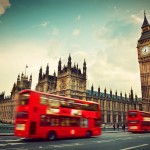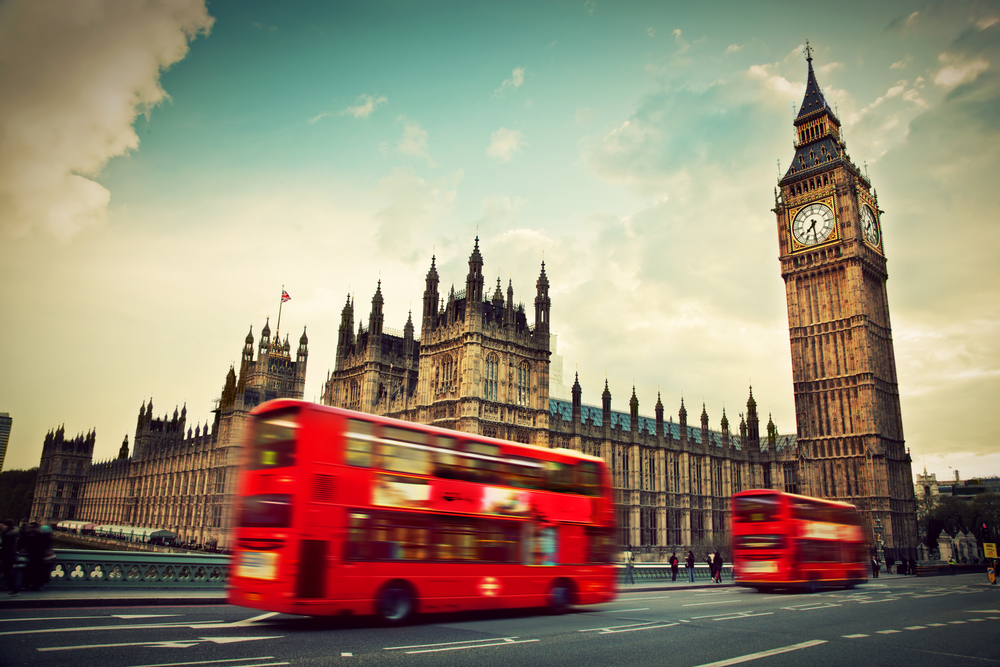Hackney has seen the steepest growth in house prices in the capital over the past 20 years, new research has revealed. According Lloyds Bank, the average house price in Hackney has increased by 702% from £75,569 in 1996 to £606,269 in 2016. This compares to the average increase of almost 450% for London and 290% […]
 Hackney has seen the steepest growth in house prices in the capital over the past 20 years, new research has revealed.
Hackney has seen the steepest growth in house prices in the capital over the past 20 years, new research has revealed.
According Lloyds Bank, the average house price in Hackney has increased by 702% from £75,569 in 1996 to £606,269 in 2016.
This compares to the average increase of almost 450% for London and 290% in England and Wales over the same period.
Over the past 20 years, the gap in average house prices between London and England and Wales has widened from a difference of £33,834 in 1996 to £299,631 in 2016.
Homes in Westminster have seen the next largest increase in average prices over the past 20 years, from £190,438 in 1996 to £1,424,388 in 2016 – an increase of 648%.
However, the report also reveals that prices in London’s more affordable boroughs have also recorded strong price growth.
Waltham Forest (617%) and Newham (612%) were among the six least expensive boroughs in 1996 but have now moved to one of the top five performing areas.
House prices in these areas have been boosted by the Olympic regeneration programme and improved travel links via the Dockland Light Railway and the Jubilee Line extension.
Prices are now 5.72 times the England and Wales average, in comparison to 3.34 times in 1996.
Andrew Mason, Lloyds Bank mortgage director, said: “The last 20 years have seen substantial growth in house prices in London, especially in the most affluent areas of the City. The boom years between 1996 and 2008 saw the gap widening between house prices at the top end of the market and those in London’s inner and outer boroughs, creating two distinct markets – prime and mainstream.
“However, whilst those boroughs at the top end have pulled away considerably from the rest of London and the country in terms of house prices, improved transport links to the city from the outer boroughs and the 2012 Olympic Games has meant that the boroughs directly benefitting from these have seen house price growth outpace the prime areas in recent years.”
The best performing London boroughs
Between 1996 and 2016, 20 boroughs have seen average house prices increase by over £400,000. Kensington and Chelsea has seen the largest increase in monetary value, where the average house price has grown from £297,768 to £1,857,287 – an increase of £1,559,518 (524%) and equivalent of £6,498 per month.
The next best performer is Westminster where the average value has grown by £1,233,949, followed by Camden (£887,658). These three boroughs along with Hammersmith and Fulham have consistently been London’s five most expensive areas over the past 20 years.
The 10 most expensive places to live in London remain largely unchanged compared to 1996. The key exceptions are Southwark, which has moved up ten places to ninth spot and Haringey which moved up two places to tenth. Barnet and Kingston-upon-Thames have dropped out of the top 10.
Whilst Hackney is the bigger climber on the list, Bromley in Greater London has fallen most in the league table, dropping seven places from 14th in 1996 to 21st in 2016.
London house prices are now nearly 12 times average earnings. In 1996, the average price to earnings ratio in the capital was 3.9, which has now risen to 11.6.
The least affordable borough both 20 years ago and today is Camden, with a ratio house price to average earnings of 6.2 in 1996 and 20.0 in 2016. The most affordable borough in 2016 was Bexley (7.4) followed by Havering (7.7).














